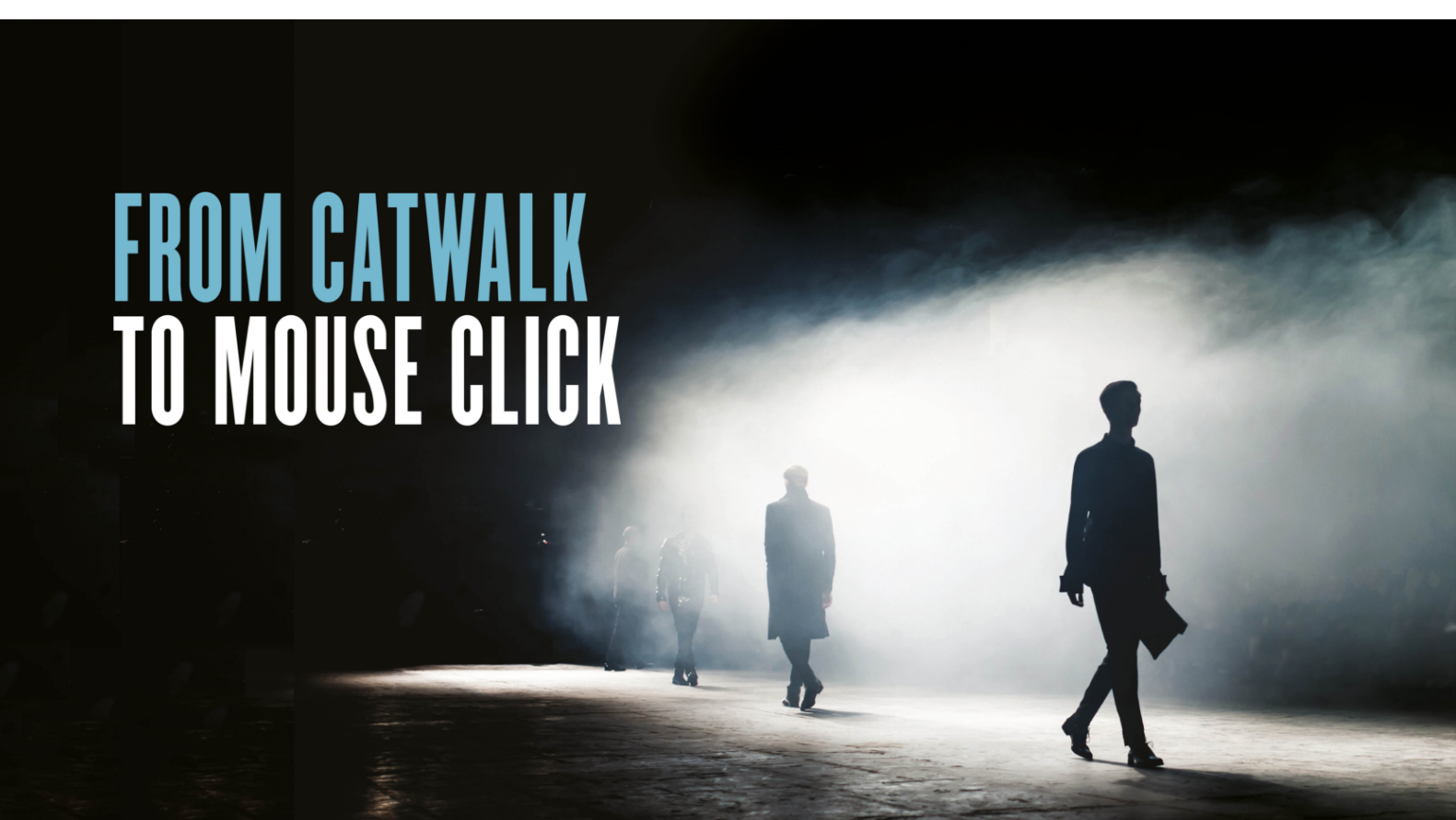Marks & Spencer recently broke its age-old pattern of showcasing a collection to the world and then making it available to buy some six months later. Now M&S customers can find the latest catwalk fashions available online the very next day, with the click of a mouse. The retailer is not alone. Many fashion houses and retailers have transformed their business models to reflect the changing expectations of consumers. This move reflects wider society. Today’s consumers, and subsequently businesses, are faster moving, faster acting and more immediate on almost every level. The main factors are the increase of speed and volume of communication – brought about by the Internet and growing mobile connectivity – which create the strongest influence of all: expectation.
Consumers that expect to be able to buy online also expect to be able to do so in the shortest time possible; during a spare five minutes on the train or between meetings. To cash in on the demand for immediacy, businesses have spent millions shortening the supply chain, optimising the shopping cart experience and streamlining delivery logistics.
High expectation does not only reside in selling goods. It affects all brands.
In banking, since the early days of the ATM, there has been a keen focus on modernising through technology. Now, in a climate of growing challenger bank brands, the focus is on service as much as technology. While traditional banks, having retrenched from the high street in the telephone age, struggle with providing convenient, streamlined direct banking, new app-only financial players like Monzo (formerly Mondo) are able to provide instant customer service from a WhatsApp-like interface.
Other businesses focus on function and convenience. Hotels are doing away with the check-in desk, in favour of mobile and kiosk-based services. Budget airlines have been standard bearers in streamlining air travel by introducing mobile boarding passes. Supermarkets have replaced manned checkouts with self-service equivalents. By stripping back previously personal experiences, consumers can now get to the core service more quickly, with less paperwork and shorter queues.
Impatience is quelled; the barriers to making a sale are lowered; expectations are met.
The removal of human interaction and dwell-time is having a big impact on how people view brands: As brands focus on function to increase speed and convenience, previous markers of experience are becoming less important or obsolete.
Bank customers, for instance, would previously rate brands on ‘customer service’, which meant: “Does the bank teller smile at me?” or “Is the telephone banking team helpful? Do they explain things clearly?” Now, customers are more likely to rate a bank on how usable their app is, or how quickly their email is answered. The same can be said for taxis. Users of a London black cab (part of the old world) would comment on the conversation they had with the driver, their knowledge of London’s back-street routes. Conversely, Uber users (part of the new economy) comment on whether the car arrived quickly and how much cheaper the journey was than a cab.
The measurement of experiences is becoming more function-related. More binary. More about speed. This is because technology has made space for more to happen in a shorter space of time. With it, consumer hunger for doing, experiencing and consuming more has followed. For brand owners, this has made it important to influence customer perception and create experiences in seconds rather than minutes or hours, both offline and online. Rather than creating the perfect customer journey, the focus for brands must instead be on creating a series of brief micro-experiences that seamlessly join together to inform a customer’s overall perception.
